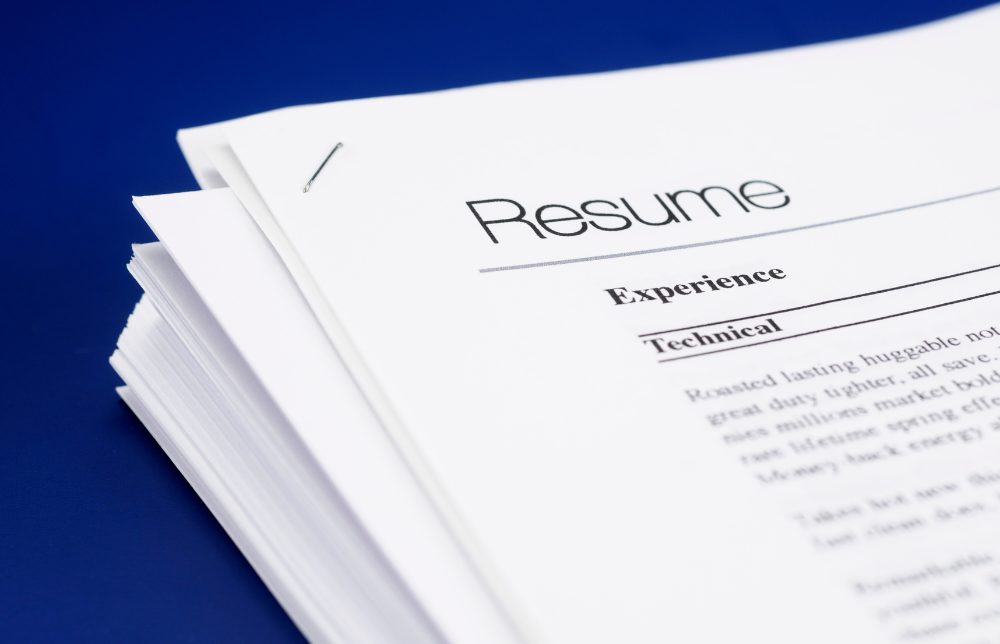Employee Engagement In Hybrid Workforce
How returning to the office impacts employee engagement Many employers across Australia and New Zealand can now happily welcome their employees back into the workplace after months of remote working. ...

How returning to the office impacts employee engagement
Many employers across Australia and New Zealand can now happily welcome their employees back into the workplace after months of remote working. But despite easing restrictions and diminishing COVID numbers, some employees worried about transmission risk may request to work from home until further notice. For example, they may be in a vulnerable group or live with someone who is; or perhaps they feel anxious about the transmission risks of public transport. Employers must take concerns of this nature seriously and accommodate employees’ needs as much as can reasonably be expected.
But it’s not just employees’ safety concerns driving this hybrid trend; increased work flexibility post COVID-19 has left many employees wanting to work like this for the foreseeable. In fact, research by Gartner found that 48% of employees will likely work remotely at least part of the time after the pandemic.[1]
Whatever the reason behind the hybrid model, many HR leaders can acknowledge that this split workforce does come with its challenges – particularly from an employee engagement perspective. Questions around making remote employees feel included and maintaining office culture abound in the hybrid discussion, and HR plays an important role in bridging the gap between the in-office and remote workers. In this blog, we discuss how to keep up those all-important employee engagement levels in the age of the hybrid workforce.
How to maintain employee engagement in a hybrid workforce
1. Rewards and recognition
In times of economic uncertainty, we may not be able to financially reward our employees. But the importance of simply recognising a job well done should never be under-estimated – and this is especially true in a hybrid workforce, where remote workers’ physical absence can make it easy to overlook their achievements. In-person praise should be extended to remote colleagues who’ve done good work – whether through dedicated Slack channels or employee of the month programs, or peer-nominating programs.
2. Offer eLearning
It’s important that learning and development (L&D) opportunities aren’t compromised during periods of upheaval such as now – and that both portions of the workforce are treated equally in this respect. It shouldn’t be a case of out of sight, out of mind when it comes to your remote workers.
L&D leaders will need to develop hybrid learning plans with the expectation that employees will be split between in-office and remote. In some ways, that’s like it’s always been, but never quite at this scale and complexity. Make learning and development accessible to all employees with location-independent eLearning modules, a preferred choice for many employees. Read more about ELMO’s Learning Management here.
3. Keep the communication channels open and active
When the workforce was entirely remote, online engagement was strong – we were all making a concerted effort to keep in touch and share daily photos of our desk set-ups or pet mishaps. Enter the hybrid office, and the online engagement efforts fall off a bit, due to in-office workers being able to engage with one another face to face. Spark hybrid employee engagement by creating virtual watercooler spaces on Slack and encouraging in-office workers to actively participate.
It’s also wise to hold regular water-cooler chats via Zoom, to check in with our remote colleagues and see how their day is going, or what they watched on TV last night. Read more about ELMO Connect here.
4. Align learning to strategic business priorities
Post COVID-19, we’ll rely on our talent more than ever to help us rebuild our organisations. We may be expanding into new markets or launching new product lines to tap into emerging consumer demand. And research has shown that 49% of companies whose employees see a clear link between their work and the company’s strategic objectives enjoy lower staff turnover.[2] Therefore, aligning training needs to critical business priorities is a no-brainer. By offering learning tailored to business priorities, HR leaders will be able to see which programs are truly moving the needle. What’s more, in a distributed environment, ensuring that all employees are working towards a common goal will boost team cohesion – which is never more important than in a hybrid environment.
5. Develop managers to effectively manage a hybrid workforce
Upskilling our managers to lead in this new age of working is critical. The quality of management remains critical for leaders to support their teams and keep them engaged. Implement goal setting, regular team meetings, and 1:1 check-ins as key components of effective coaching to ensure in-office and remote direct reports remain productive and gain a sense of purpose.
HR leaders should receive training on implementing wellness programs for a hybrid work environment and developing managers for this new work setup. Download ELMO’s eBook on Employee Engagement in the COVID-19 Era here.
6. Focus on employee wellbeing
Investing in employee well-being fosters a healthy workforce and enhances engagement. Whether that’s through employer-run exercise classes, gym subsidies, talks on mental health, or access to an Employee Assistance Program, there are many ways to promote good wellbeing in the workplace. Employers should ensure they’re talking about more than physical health, and remember that employees’ mental, financial, and social health is equally as important. Click here for tips on how to successfully implement an employee wellness program.
Learn more about how ELMO can help your organisation
ELMO Software is a cloud-based solution that helps thousands of organisations across Australia, New Zealand and the United Kingdom to effectively manage their people, process and pay. ELMO solutions span the entire employee lifecycle from ‘hire to retire’. They can be used together or stand-alone, and are configurable according to an organisation’s unique processes and workflows. Automate and streamline your operations to reduce costs, increase efficiency and bolster productivity. For further information, contact us.
[1] Gartner, 9 Future of Work Trends Post-COVID-19, June 2020
[2] LinkedIn, 2020 Global Talent Trends, 2020
 HR Core
HR Core 









